AI-powered Drug Discovery: Accelerating the Development Process
Drug discovery and development is a complex, lengthy and expensive process. It can take over a decade for a new drug to progress from initial discovery to the marketplace, with development costs averaging $2.6 billion per approved drug. Artificial intelligence (AI) has emerged as a transformative technology that can significantly accelerate and streamline this process.
AI tools can analyze massive datasets, identify promising compounds, predict drug-target interactions, design better molecules, streamline clinical trials, and enable more informed decisions at each phase of development. By leveraging advanced algorithms and models, AI can expand the drug discovery search space, reduce late-stage clinical failures, and get safe, effective therapies to patients faster. This article explores how AI is transforming drug development across the discovery, preclinical and clinical pipeline.
Expanding the Search Space for New Drug Candidates
A key application of AI is rapidly expanding the search space for discovering new medications. There are estimated to be 10^60 potential drug compounds, far too many to synthesize and test through traditional methods. AI techniques like deep learning algorithms, generative models and reinforcement learning can explore wider chemical spaces to discover promising candidates.
Some of the key ways AI expands the search include:
• Screening Billions of Compounds: AI models can rapidly screen massive molecular datasets, public domain libraries, scientific literature and past clinical data to spotlight potentially valuable chemicals. For example, companies like Exscientia and Insitro use AI to screen billions of compounds to pinpoint those with desired characteristics.
• Designing Better Molecules: AI optimizes molecular properties important for therapeutic effects and safety, designing focused libraries with a higher probability of success. Automation also allows rapid iteration to improve designs. Startups like Kebotix and Entos use AI to design novel molecules with specific pharmacological properties.
• Identifying New Disease Targets: Analyzing gene expression patterns using AI can uncover promising new disease targets and biological pathways to influence with drugs. Companies like Berg Health mine biomedical data to discover targets. AI also matches targets to potential chemical compounds.
• Repurposing Existing Therapies: AI explores new uses for approved or investigational drugs, reducing discovery timelines. Startups like Concerto Health use real-world data and AI to identify repurposing opportunities.
Overall, AI expands search spaces from thousands to billions of potentials candidates, increasing odds of discovering safe, effective therapies.
Accelerating Hit-to-Lead and Preclinical Development
Once initial hit compounds are identified, AI accelerates early hit-to-lead optimization and preclinical testing to rapidly advance only the most promising candidates. Key applications include:
• Predicting Efficacy and Toxicity: Machine learning algorithms analyze chemical structures to predict pharmacokinetic, safety and efficacy attributes without time-consuming wet lab testing. Models get more predictive as more data is added. Startups like Valo Health use AI to predict the best molecules to progress.
• Designing Focus Libraries: Based on predictions, AI focuses synthesis efforts on derivatives with the greatest probability of having desired effects. This avoids wasting resources developing unpromising candidates. AI tools also recommend experiments to fill data gaps.
• Optimizing Leads In Silico: Lead compounds are iteratively refined in-silico using AI to select substituents that improve potency, selectivity and drug-like properties before synthesis. Fewer iterations are then needed in the lab. Companies like Exscientia and BenchSci automate molecular optimization.
• Identifying Toxicity Early: AI analyzing chemical structures, protein interactions and gene expression data spots potential toxicity risks earlier, before heavy investments are made developing a compound. Startups like Innoplexus use AI to predict adverse interactions.
By getting effective compounds into the development pipeline faster, while screening out poor and unsafe candidates earlier, AI analytics prevent wasted R&D expenditures so resources can be allocated more efficiently.
Enabling More Efficient Clinical Trials
AI is also making clinical trials faster, cheaper and more successful. According to recent estimates, AI could generate over $100 billion in value through clinical trial applications alone by 2026. Key areas of impact include:
• Optimizing Trial Design: Machine learning identifies eligibility criteria and endpoint models that reduce trial size without compromising statistical power. Nines in the US optimizes trials using AI and has seen 25-50% reductions in Phase 3 trial size.
• Identifying Sites and Patients: Analyzing real world data predicts the best trial sites and suitable participants, accelerating enrollment which is a major bottleneck. Tech like AiCure's optimal site finder cuts enrollment timelines by 10-30%.
• Monitoring Adherence in Real-Time: Apps with face recognition, pill sensors and movement data confirm participant dosing and protocol adherence on a large scale, enabling early intervention for improved compliance. Startups like AiCure and emocha increase adherence over 20%.
• Spotting Safety Signals: Intelligently processed safety reports and predictive models flag adverse events early to enable rapid response. Software like Saama Spot detects 50% more safety issues than traditional methods.
• Enhancing Decision-Making: Advanced analytics guides evidence-based decisions at each development phase, measuring probability of success based on accumulated data so ineffective compounds fail faster. Startups like BioSymetrics optimize decisions during trials.
Overall clinical success rates are below 15% in some disease areas, with many late-stage failures. By running smarter trials enabled by AI, ineffective or unsafe compounds can fail sooner, cutting significant wasted expenditures while improving R&D productivity.
FAQs on AI for Drug Discovery and Development
How much faster can AI develop new drugs compared to traditional methods?
Some experts estimate AI could shorten discovery timeframes by up to 70%. For example, antibody discovery processes that used to take 2-3 years may now be reduced to just 3-4 months leveraging AI techniques. Some experimental drugs have entered human trials in just 12 months aided by AI.
Does AI actually design new medicines on its own?
AI suggests promising candidates and optimal molecular tweaks for chemists to synthesize. While it automates parts of discovery and optimizes human efforts, directly designing novel cure-all compounds exceeds current AI capabilities. Human researchers still play a key role interpreting model outputs and guiding experimental validation.
What are the biggest challenges inhibiting greater AI adoption?
Insufficient data sharing between pharmaceutical companies delays development of robust training datasets required for accurate AI predictions. Many legacy pharmaceutical data systems also limit capturing structured data needed to feed algorithms. Validating predictive AI models against experimental results and addressing explainability also remains challenging.
Which companies are leading implementation of AI for drug discovery and development?
Top pharmaceutical firms actively using AI include AstraZeneca, GlaxoSmithKline, Pfizer, Novartis and Merck. Leading AI-focused biotech startups include Recursion Pharma, Exscientia, Insitro, BenchSci, Valo Health, Atomwise and twoXAR. Major technology firms like Microsoft, Google and Nvidia also provide advanced hardware, software and cloud platforms.
Conclusion
While still an emerging field, rapid advances in AI computational power, availability of biomedical data, and algorithm sophistication have demonstrated immense potential to accelerate and enhance drug R&D. By expanding search spaces to uncover candidates, optimizing leads faster, predicting clinical outcomes more accurately and enabling smarter trials, AI stands transform the end-to-end development pipeline. Over the next decade, AI-powered drug discovery is anticipated to expand treatment options for countless patients by getting more safe, effective therapies to market faster than previously possible.

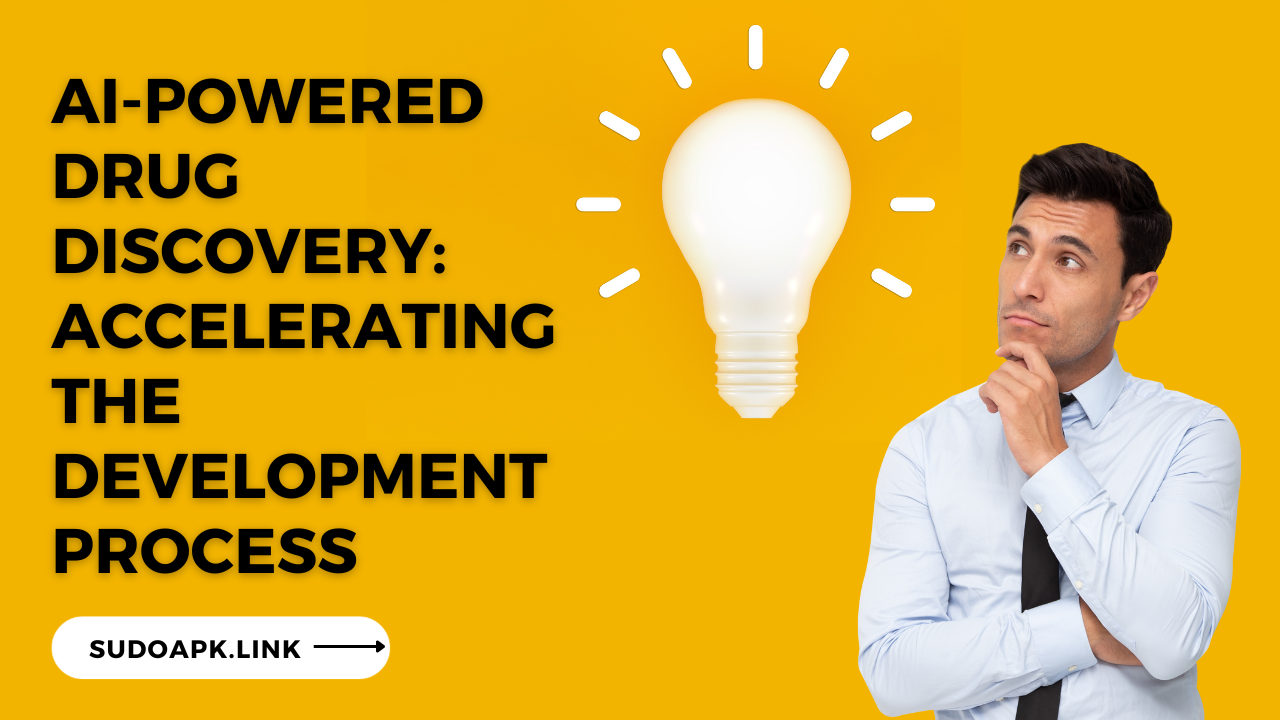
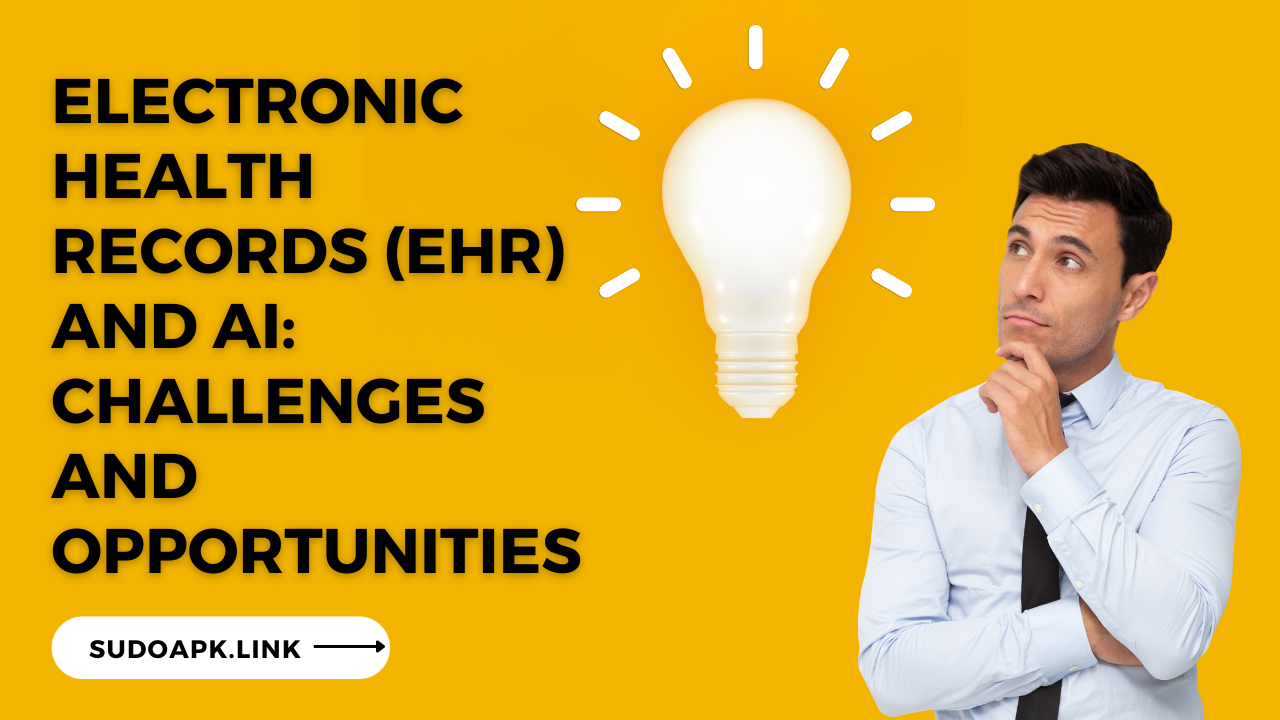
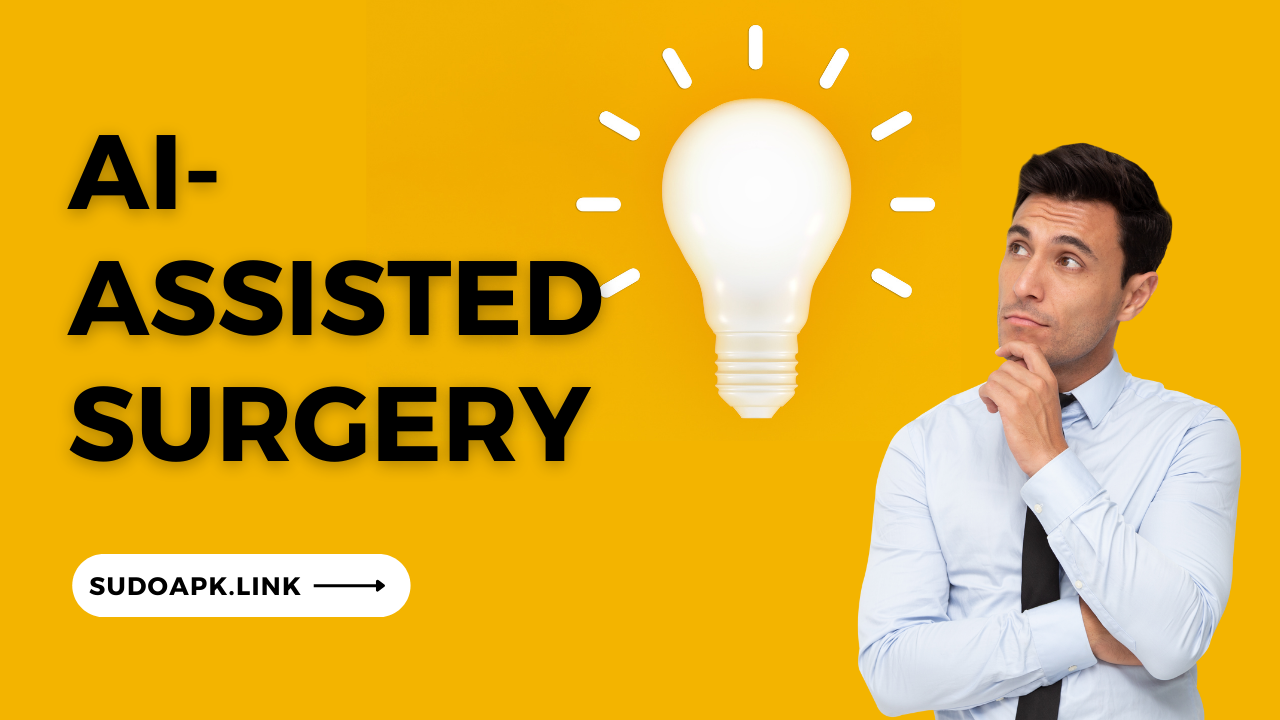

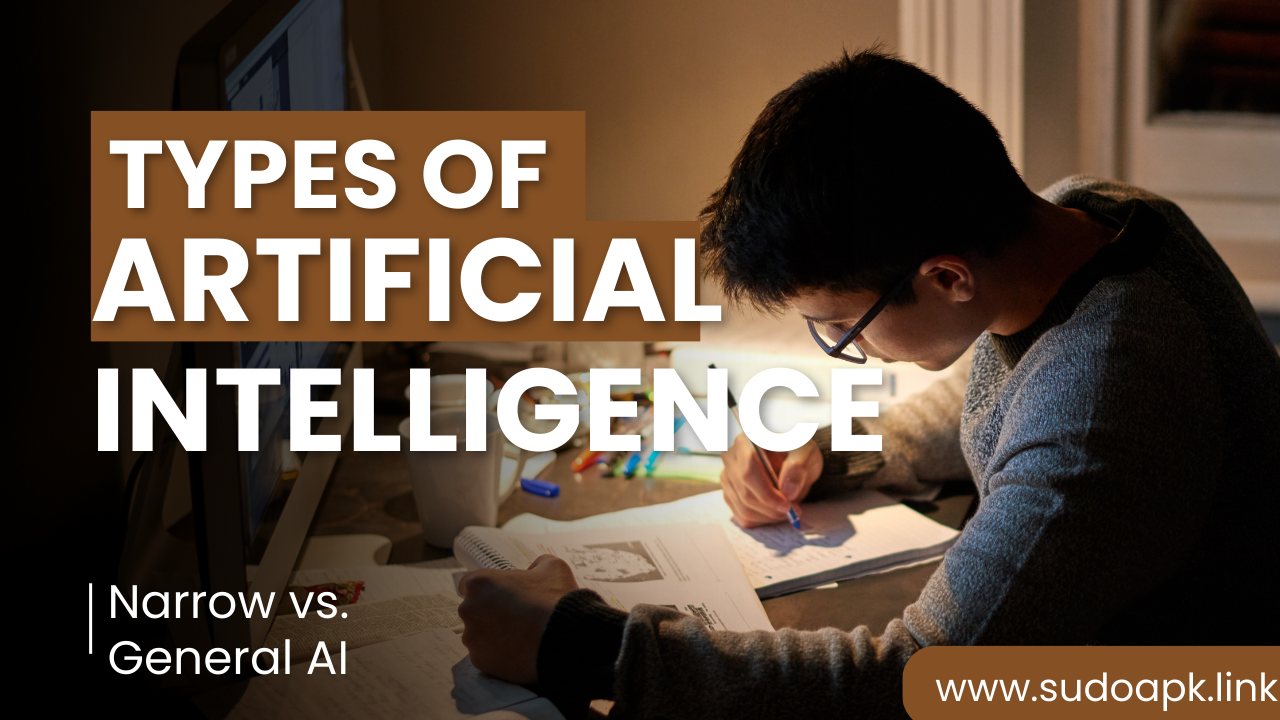
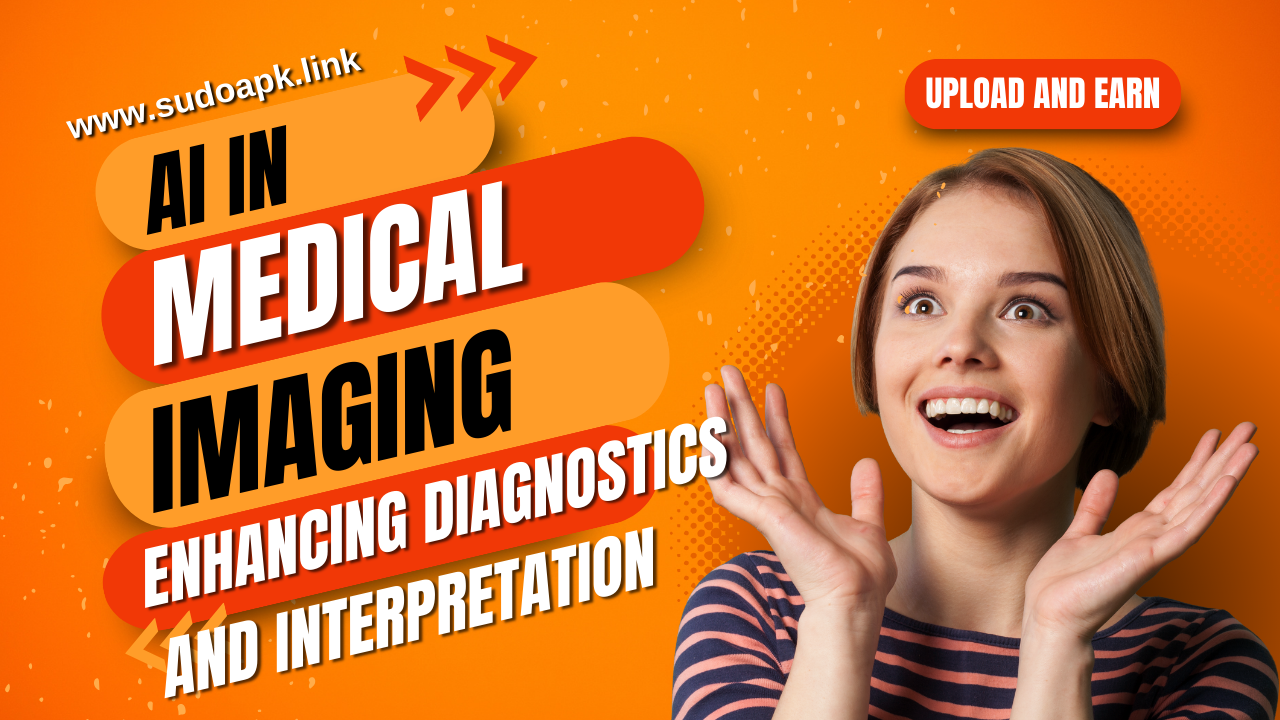


Comments (2)
Suhail khan
FREE fire advance hack
Suhail khan
Free fire advance hack